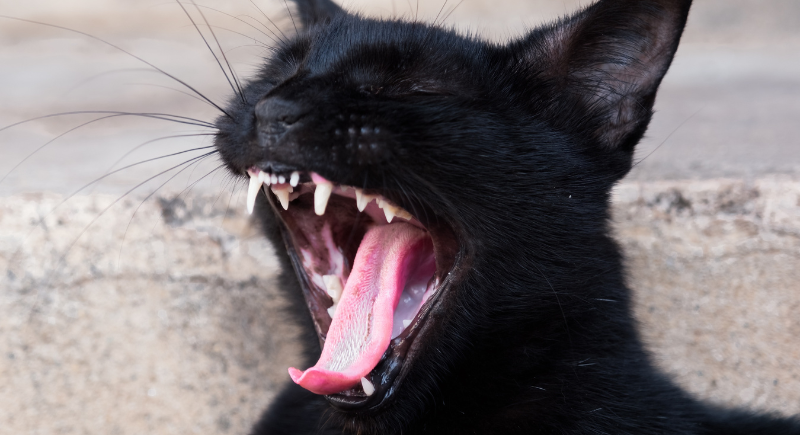4 Reasons Your Cat Might Be Losing Its Teeth
Cats are popular for not showing signs of pain, which makes dental problems easy to miss. A lost tooth might seem like a small issue, but it’s one of the clearest signs that something isn’t right. Tooth loss is normal for kittens growing their adult teeth, but for mature cats, it usually points to a medical condition. The causes can range from gum disease to resorption or injury.
Each one affects the mouth differently, but all lead to discomfort if untreated. Understanding what’s happening inside your cat’s mouth can allow you to act early, prevent complications, and keep your cat’s teeth strong for years.
Advanced Gum Disease

Periodontal disease, also known as gum disease, is the most common cause of dental damage in adult cats. It begins with a soft film of plaque that sticks to the teeth. Over time, that film hardens into tartar, which irritates the gums and traps bacteria. The gums then swell, pull away from the teeth, and create pockets where infection spreads.
As this inflammation reaches the ligaments and bone beneath, the teeth start to loosen. Once that tissue breaks down, it cannot repair itself. Cats may still eat through the pain, but you might notice bad breath, drooling, or difficulty chewing. Early cleanings and regular checkups prevent plaque buildup before it becomes a long-term problem. Professional dental care, along with brushing and dental-safe diets, can stop gum disease before your feline begins losing teeth.
Oral Trauma
Cats are agile but not immune to accidents. A hard fall, a collision, or even rough play can damage their teeth. When a tooth is fractured or knocked loose, it may not always fall out immediately. You might see a chip, a darkened tooth, or a spot of blood near the gum. In some cases, the root remains, which can lead to infection if untreated. Trauma can also expose nerve endings, which can make eating painful.
A veterinarian can examine the extent of the injury and decide whether the tooth can be saved or should be removed. Dental x-rays reveal hidden fractures and prevents long-term complications. After trauma, cats may need pain relief and antibiotics to avoid infection. Keeping an eye on their behavior—especially changes in eating habits or grooming—helps identify mouth injuries early, before they become serious or lead to further tooth loss.
Tooth Resorption

Affecting up to half of all adult cats, tooth resorption often remains hidden until significant damage has occurred. The condition starts beneath the gumline, where the inner structure of the tooth gradually breaks down. As the enamel and dentin weaken, the tooth may fracture or dissolve entirely. This process exposes sensitive tissue and causes considerable discomfort, though cats often hide the discomfort.
The exact cause isn’t fully understood, but chronic inflammation appears to trigger or worsen it. Impacted cats might avoid dry food, paw at their mouths, or show reduced interest in grooming. Since the damage is irreversible, extraction is typically the only treatment.
Dental x-rays are essential for confirming resorption and assessing how far it has progressed. Regular veterinary checkups improve the chances of finding early lesions before they lead to severe pain or infection. Monitoring changes in behavior or eating habits can also help catch the problem before it disrupts your cat’s daily comfort.